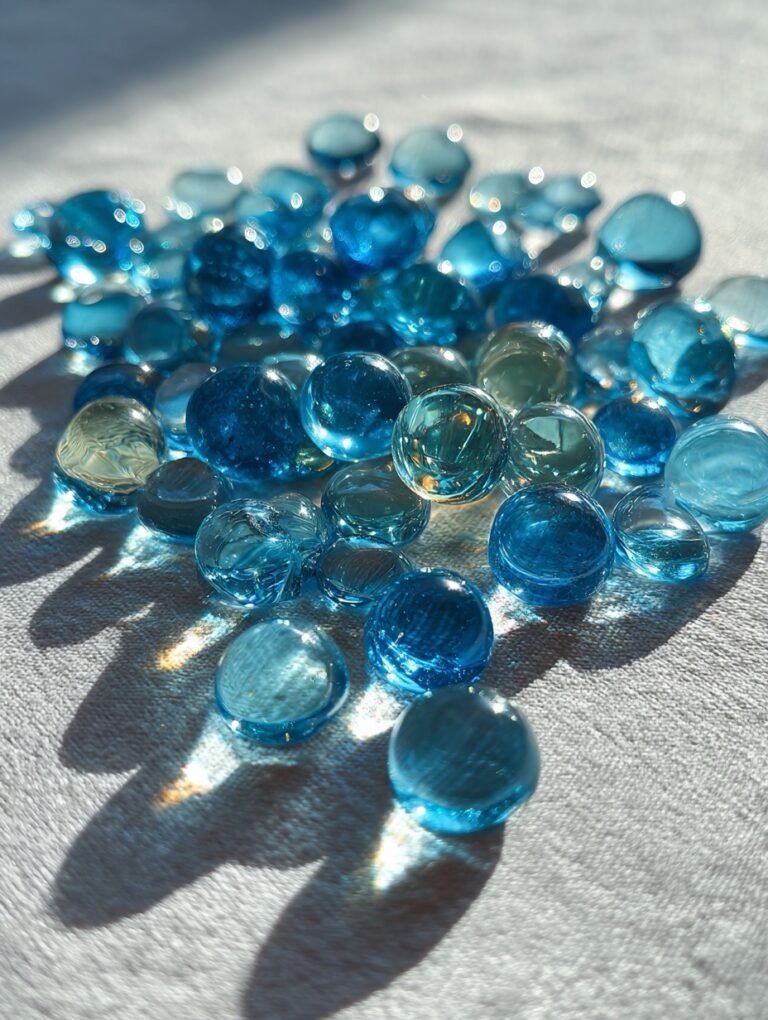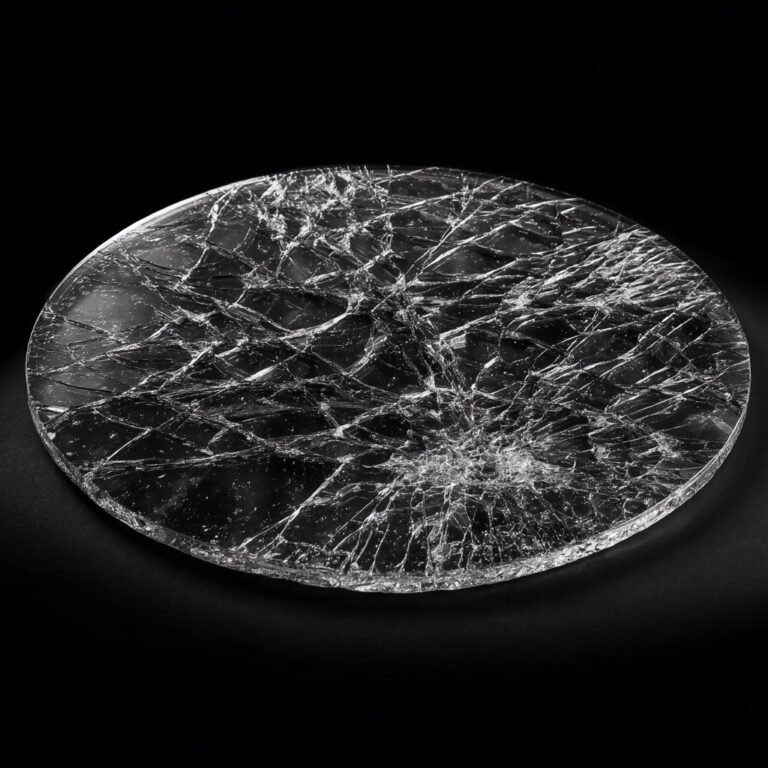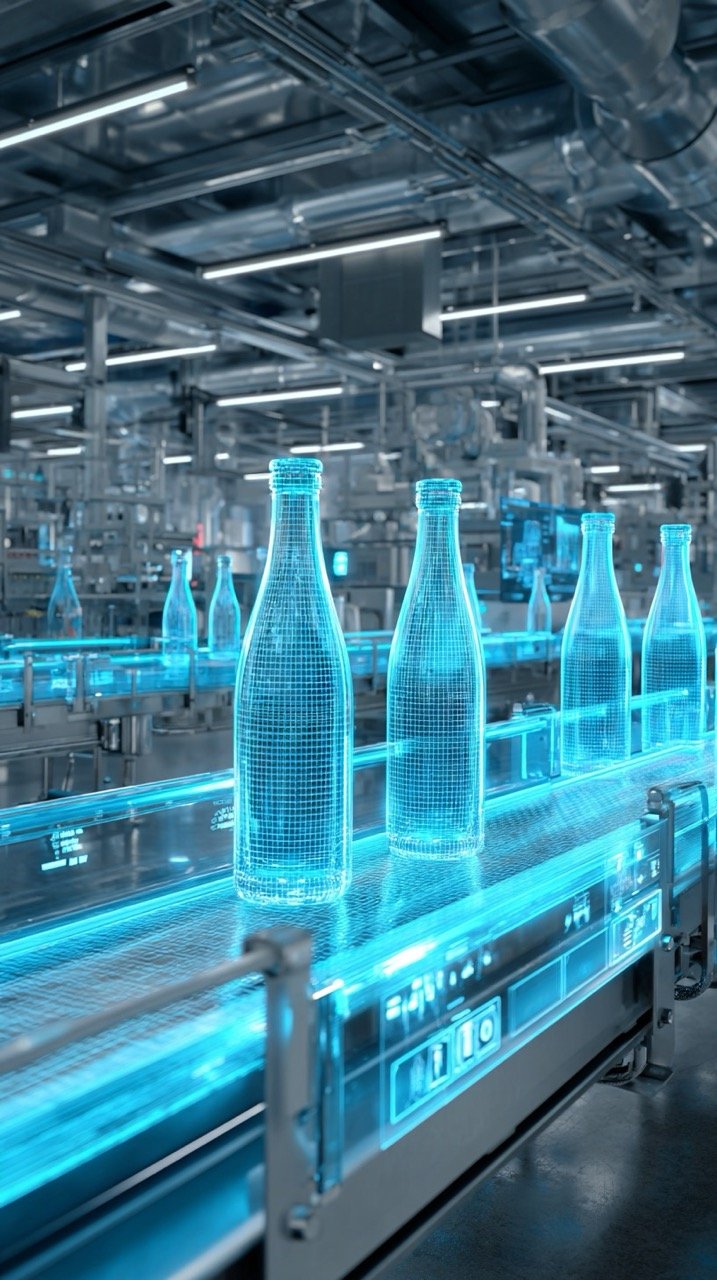Introduction
In today’s fast-changing world, packaging is no longer just about protecting a product — it’s about sustainability, branding, and consumer trust. Among the many options available, glass packaging is rapidly gaining global attention. From beverages and food to cosmetics and pharmaceuticals, companies around the world are shifting to glass bottles and jars as a premium, eco-friendly alternative to plastic and other materials.
Why Glass Packaging is Growing in Popularity
1. Sustainability & Eco-Friendly Choice
Consumers are becoming more environmentally conscious. Unlike plastic, glass is 100% recyclable without losing quality or purity. Brands that switch to glass packaging show their commitment to sustainability, which directly appeals to eco-aware customers.
2. Premium Brand Positioning
Glass bottles and jars create a premium feel. Whether it’s wine, olive oil, perfumes, or high-end skincare, glass adds a touch of luxury and trustworthiness. Global brands are increasingly using glass to stand out in competitive markets.
3. Safety & Health Benefits
Glass does not contain harmful chemicals like BPA or microplastics. This makes it the safest choice for food and beverages, ensuring product purity and consumer confidence.
4. Growing Export Opportunities
As international regulations push companies toward sustainable solutions, export demand for glass packaging is rising. Turkey, with its strong manufacturing base and strategic trade routes, is becoming a key supplier for Europe, the Middle East, and beyond.
Key Industries Driving the Demand
-
Food & Beverage → Soft drinks, juices, wines, spirits, oils, sauces.
-
Pharmaceuticals → Medicines, vitamins, and essential oils.
-
Cosmetics & Beauty → Perfumes, serums, skincare packaging.
-
Home & Lifestyle → Decorative jars, candles, and premium goods.
Future Outlook
According to industry reports, the global glass packaging market is expected to grow steadily over the next decade, driven by eco-regulations, consumer demand, and premium product positioning. Companies that invest in glass packaging now are positioning themselves as leaders of a sustainable future.
Conclusion
The shift toward glass packaging is more than a trend — it’s a global movement. Businesses that embrace this change not only improve their brand image but also contribute to a cleaner, greener planet.
At Ana Shishe Zanjan, we are proud to be part of this transformation by offering high-quality, export-ready glass bottles and jars for industries worldwide.



